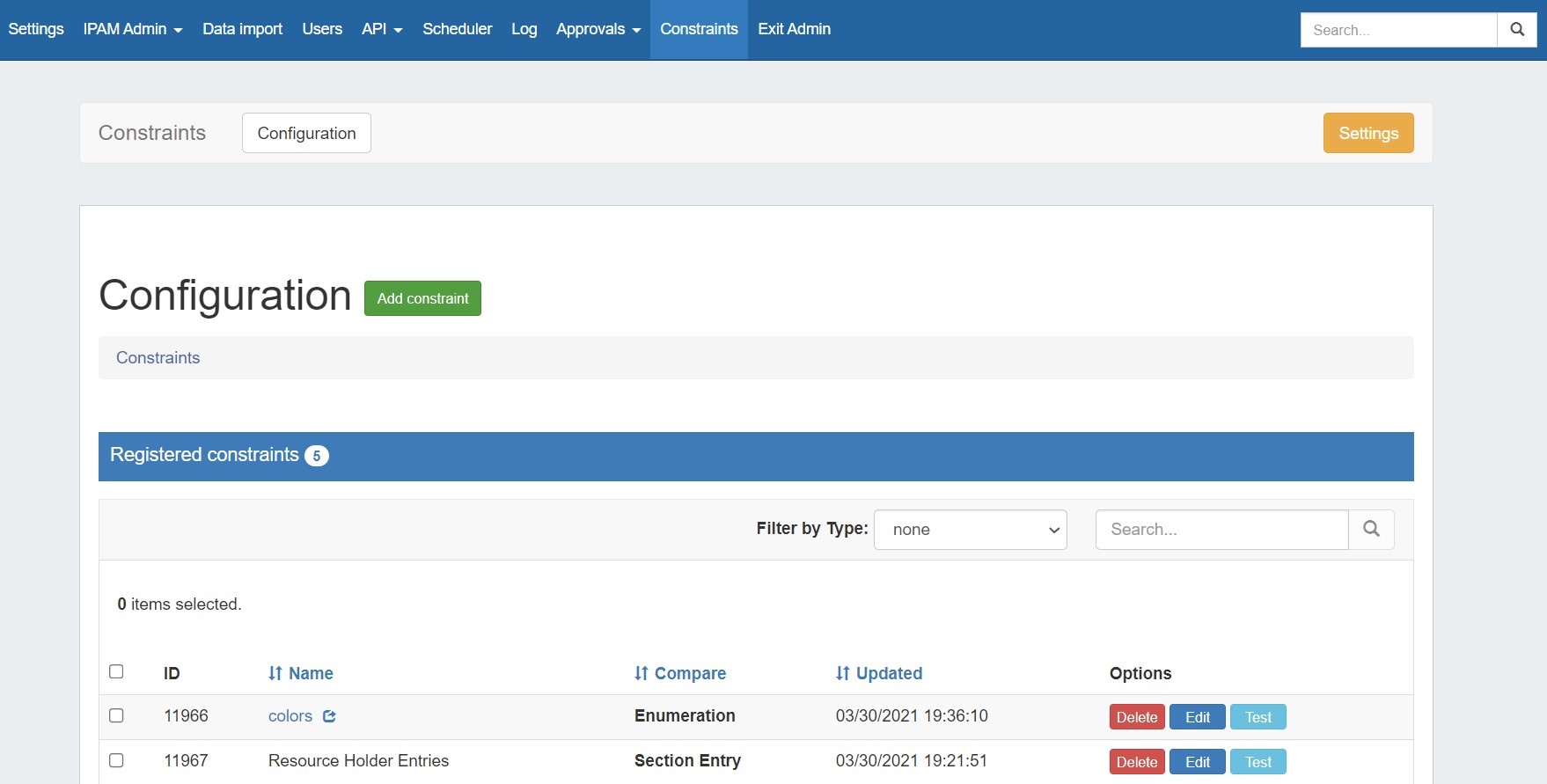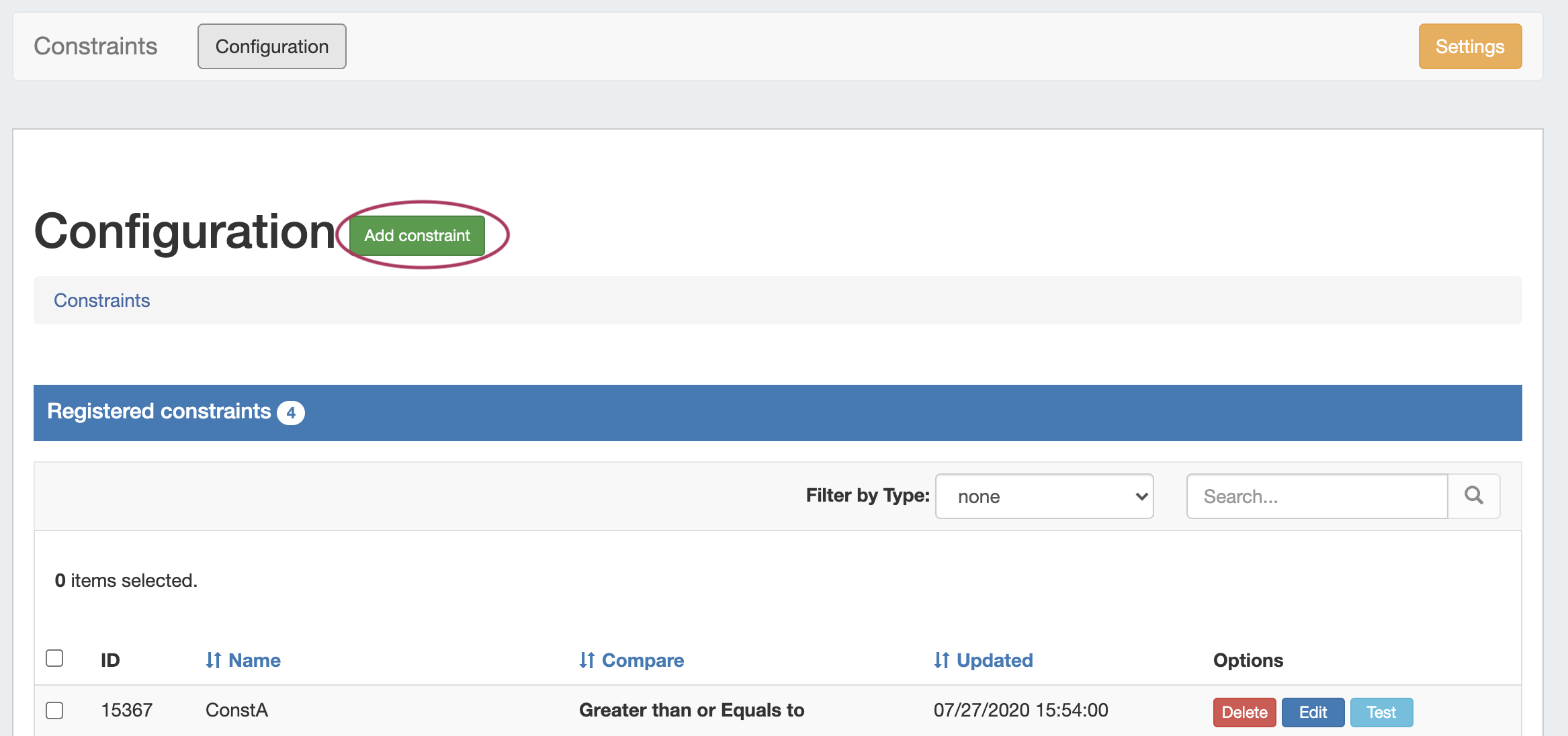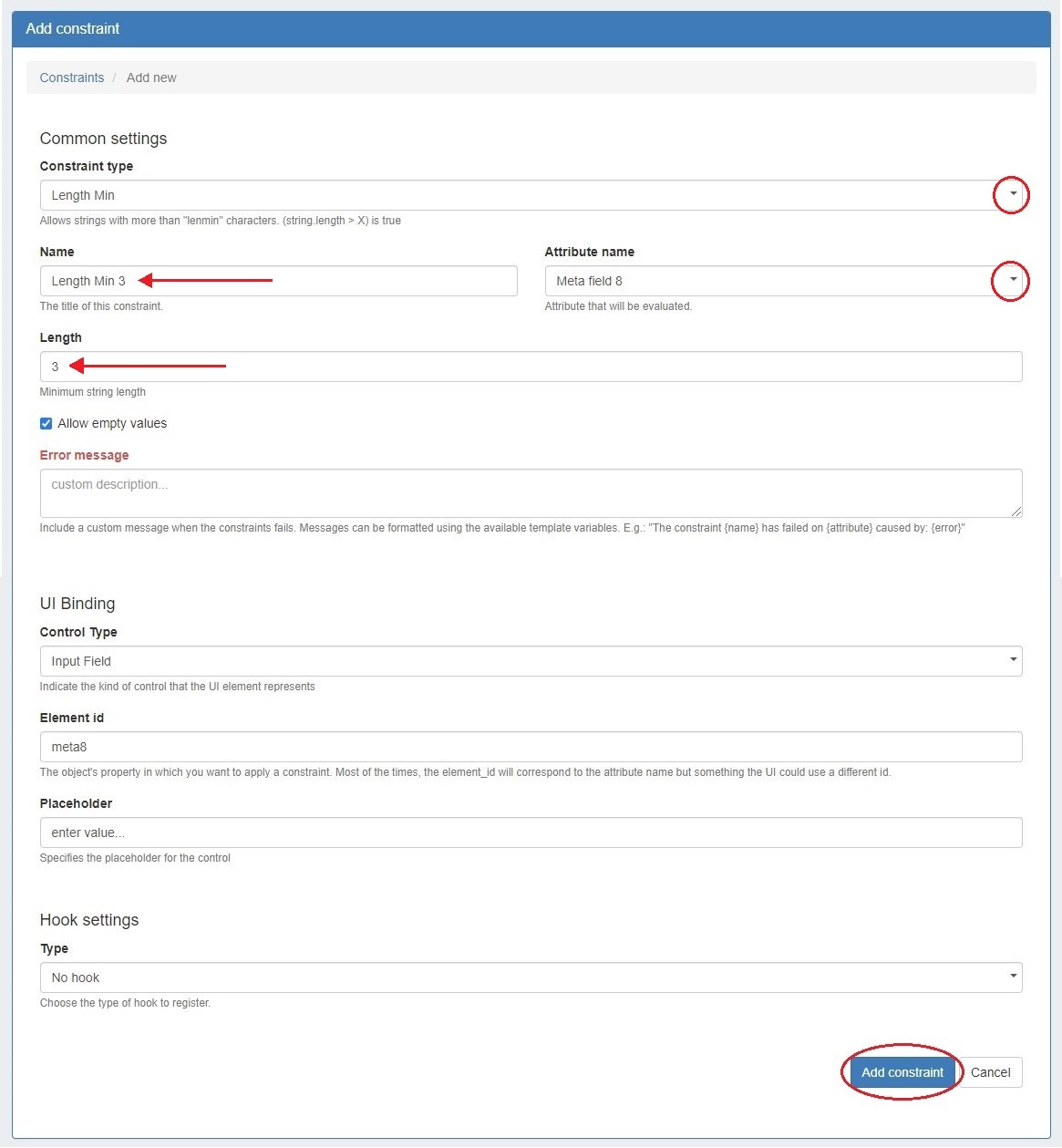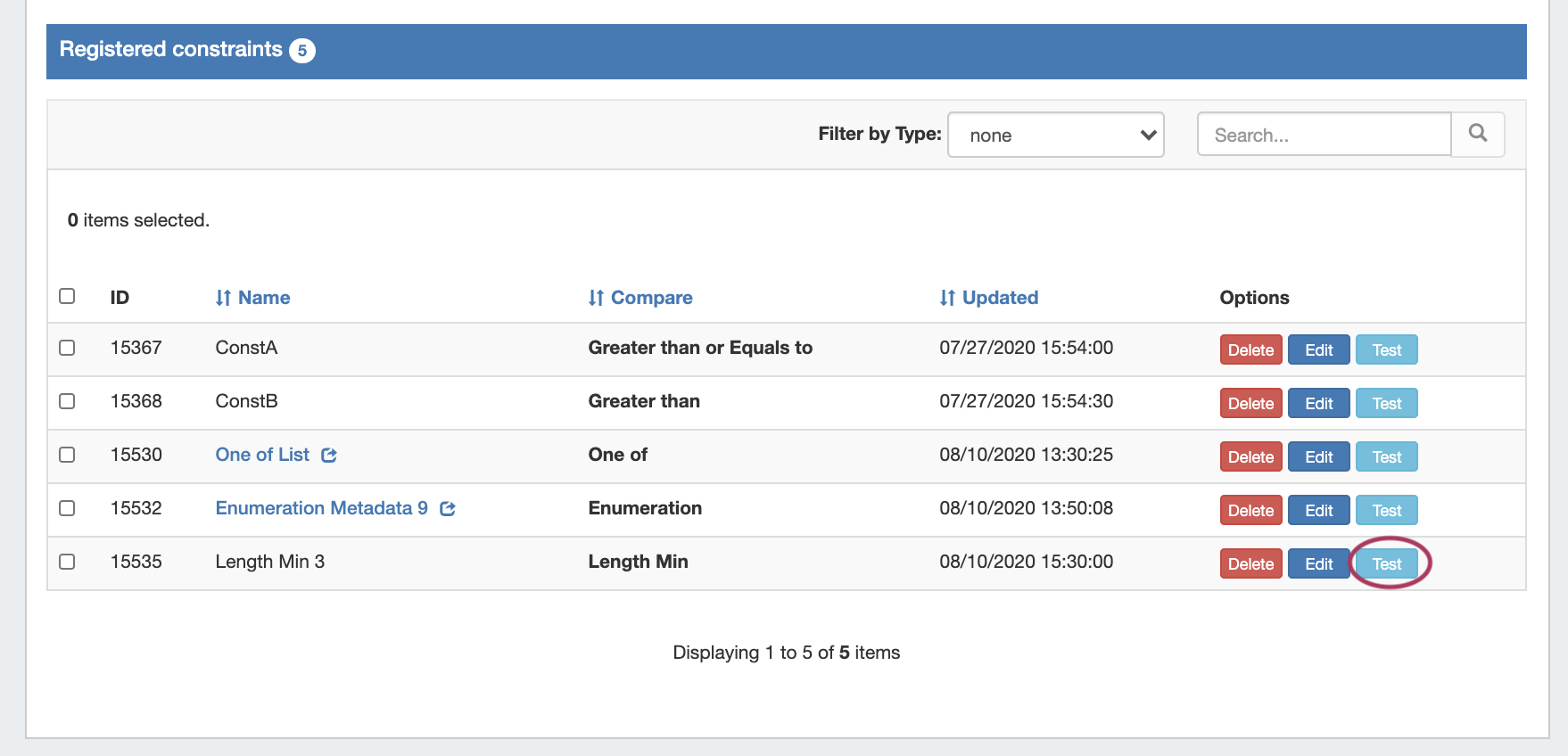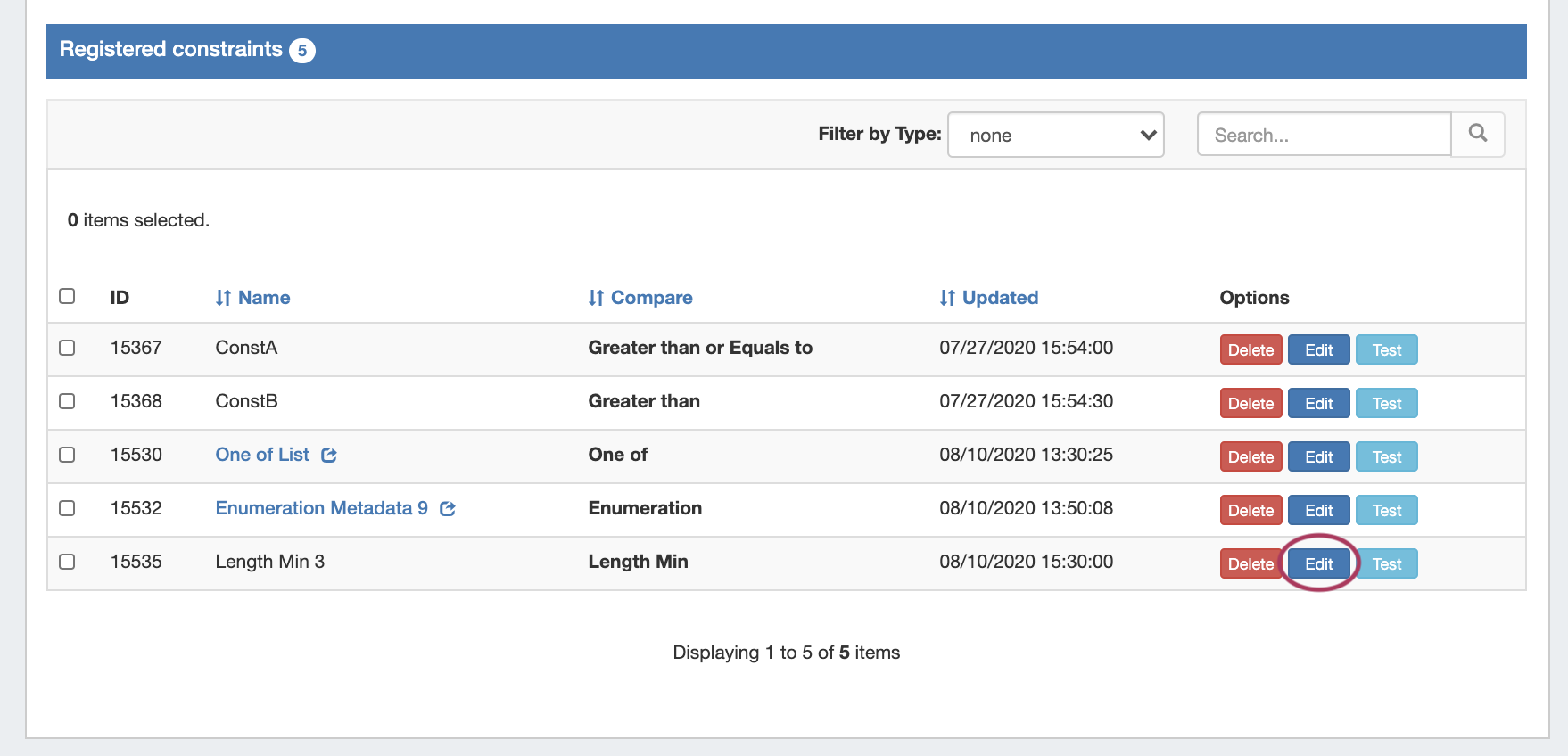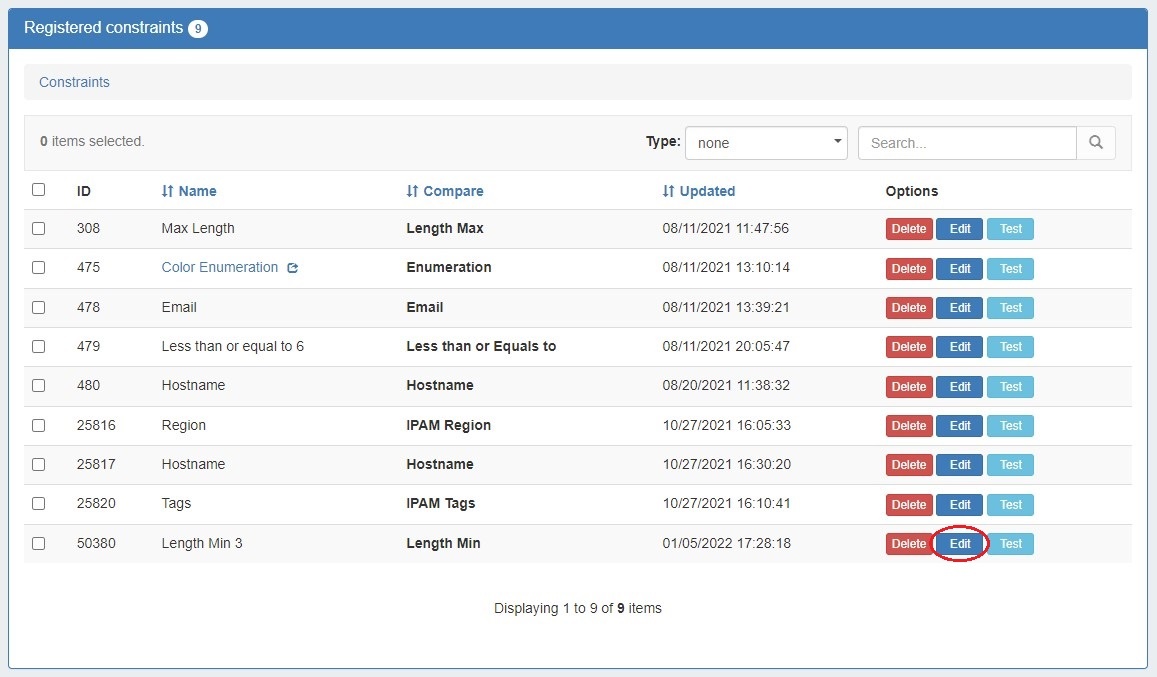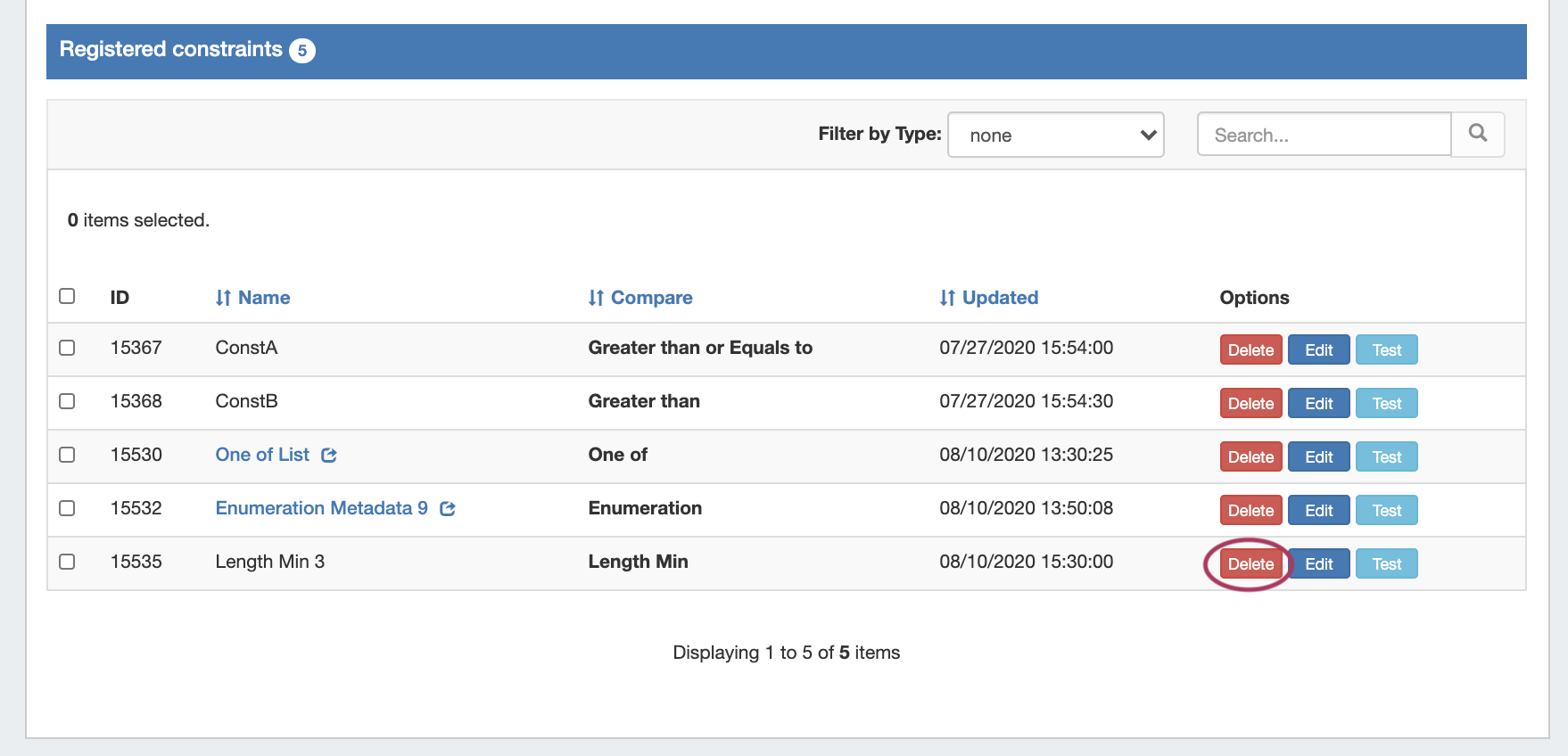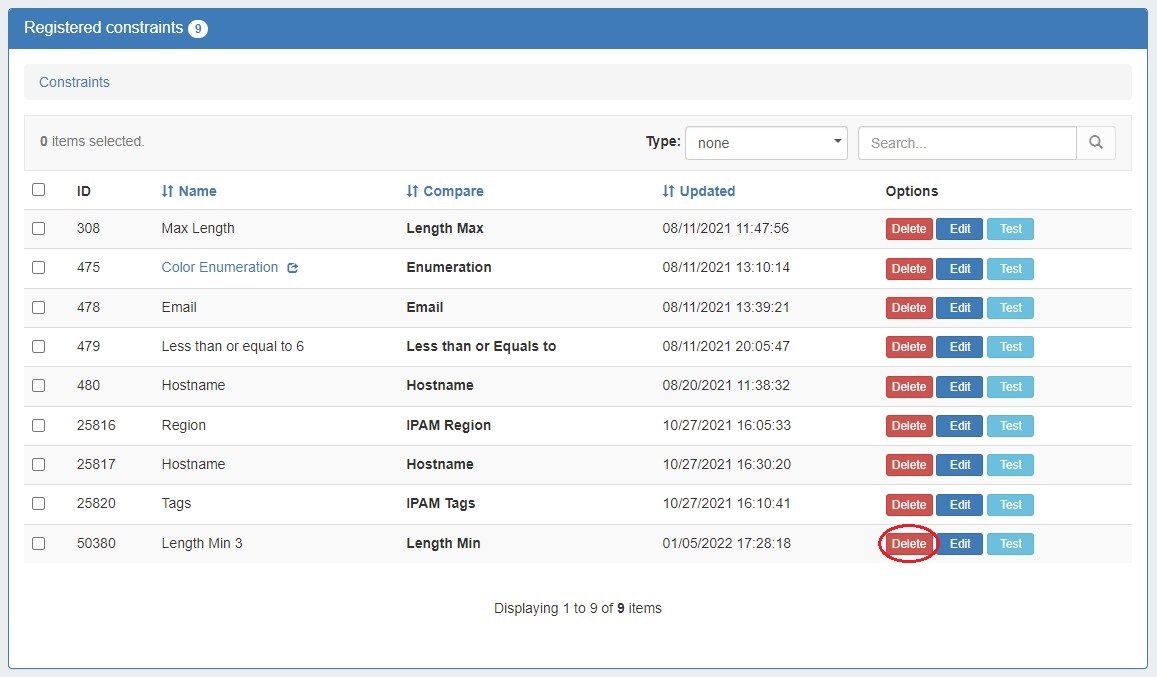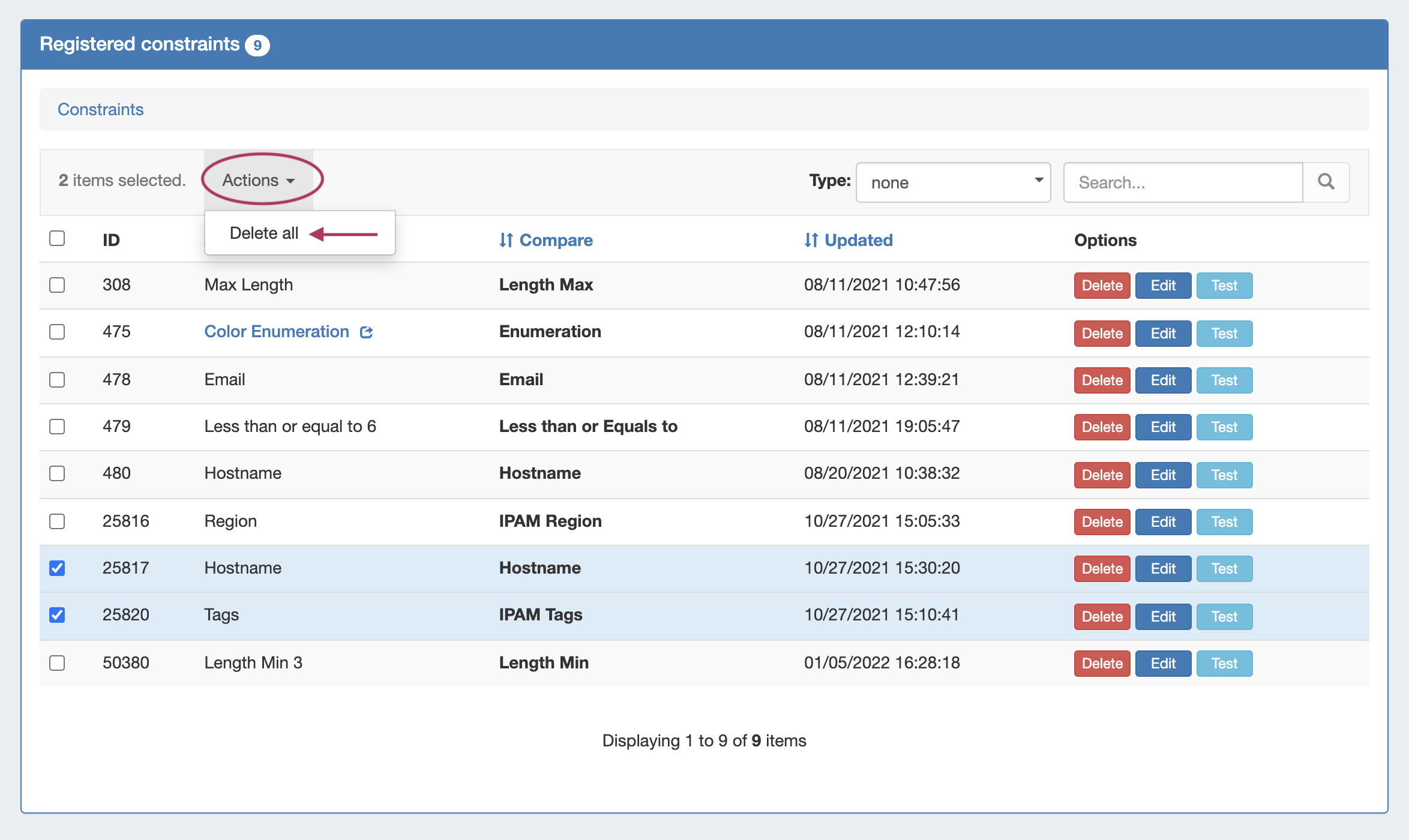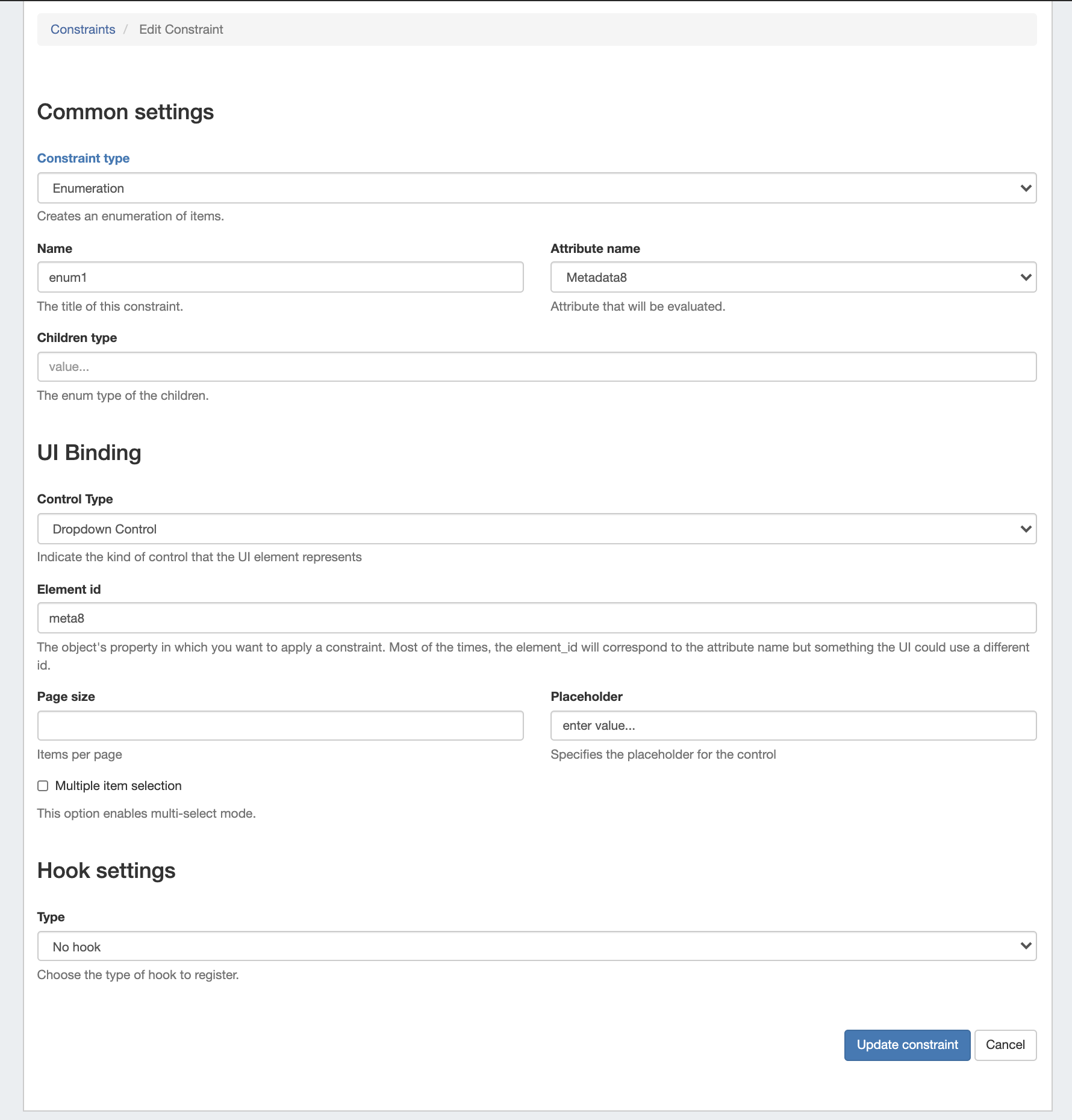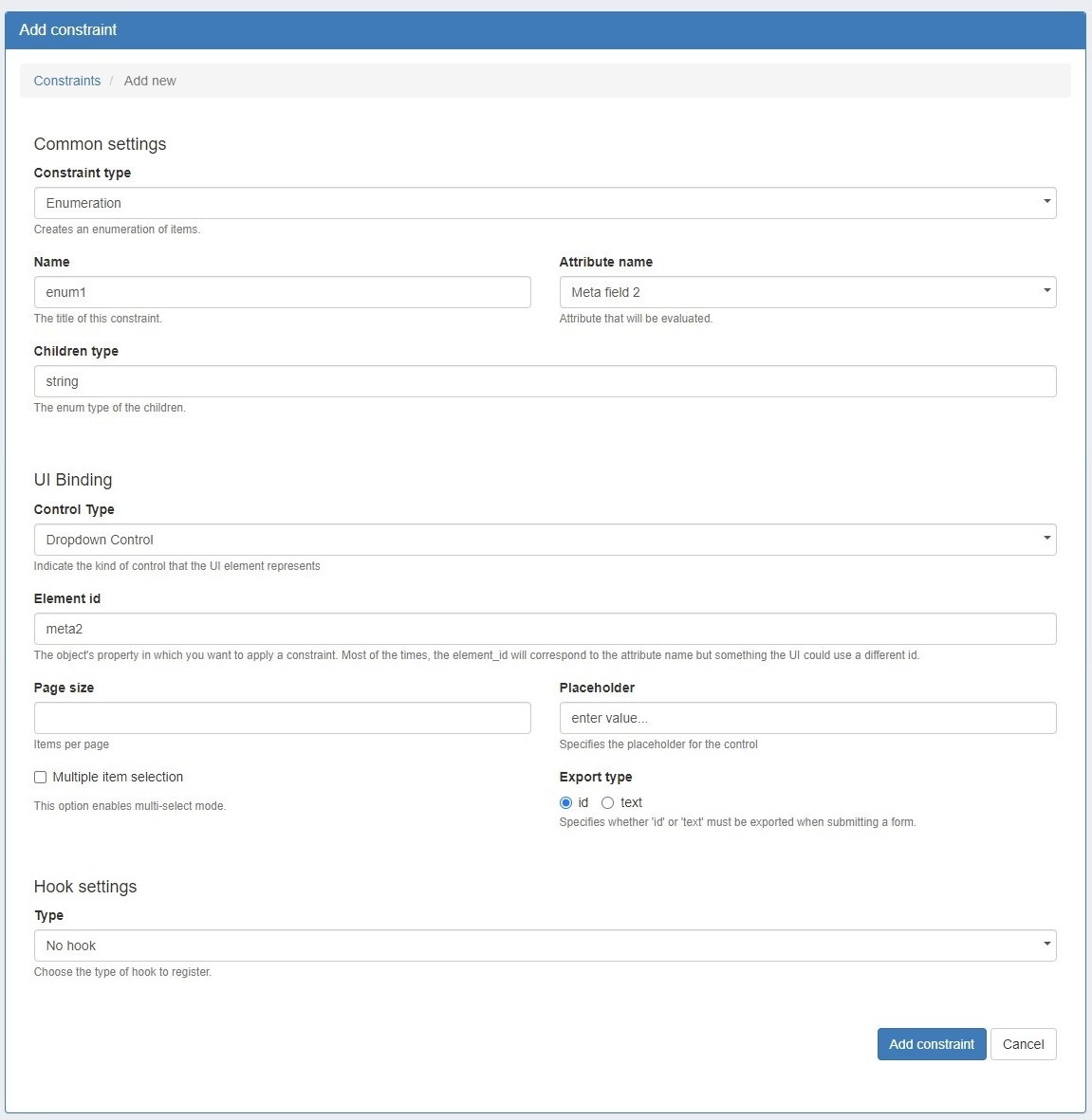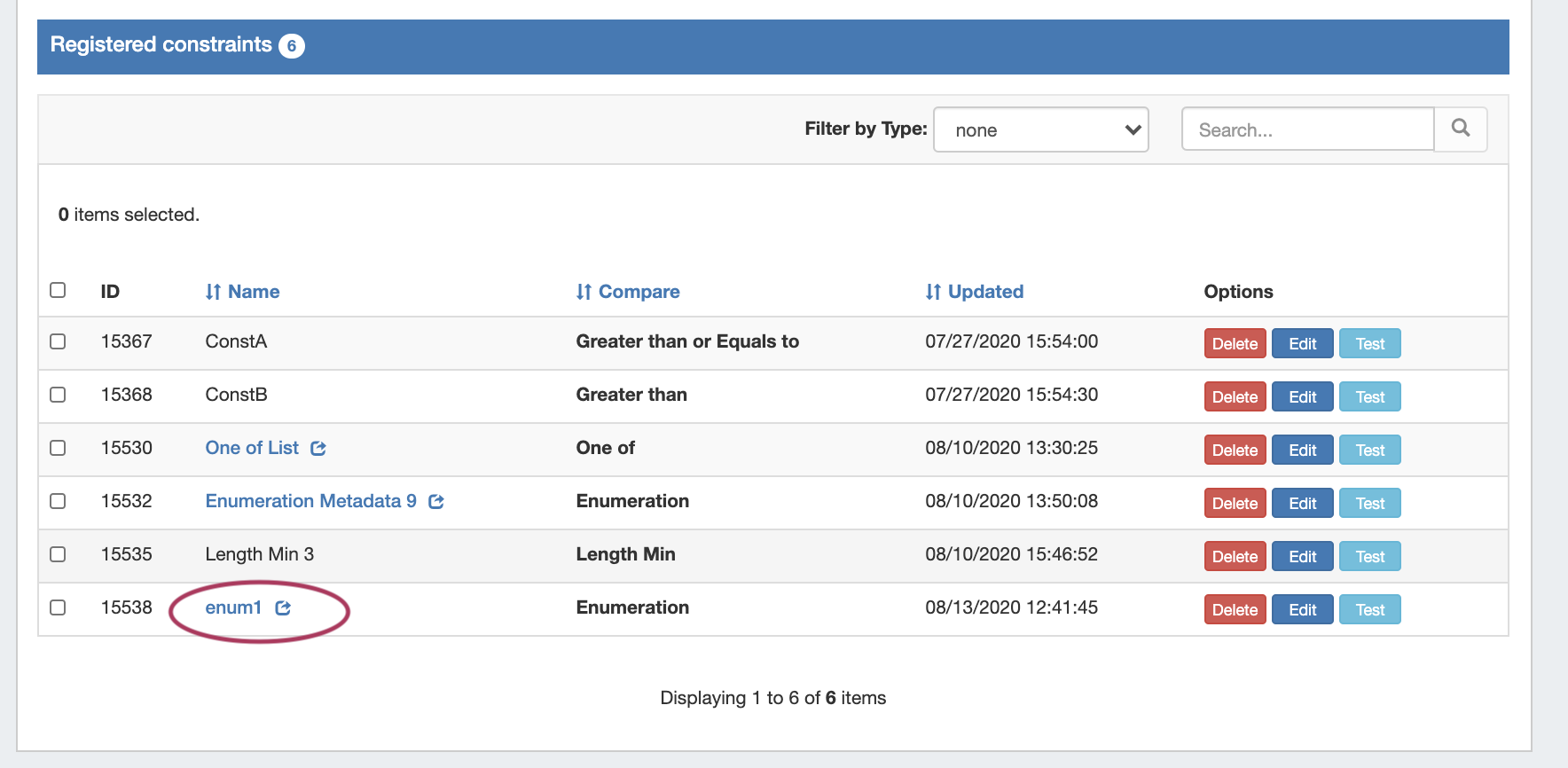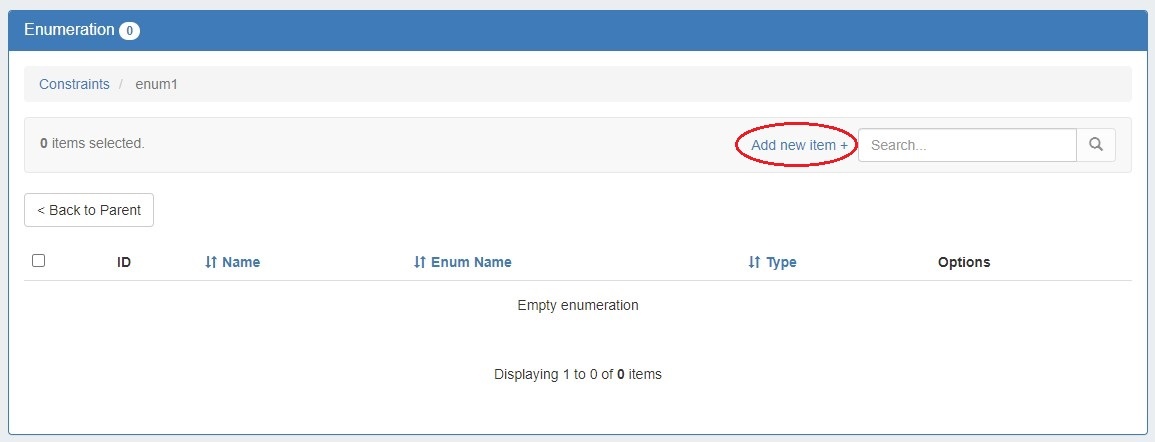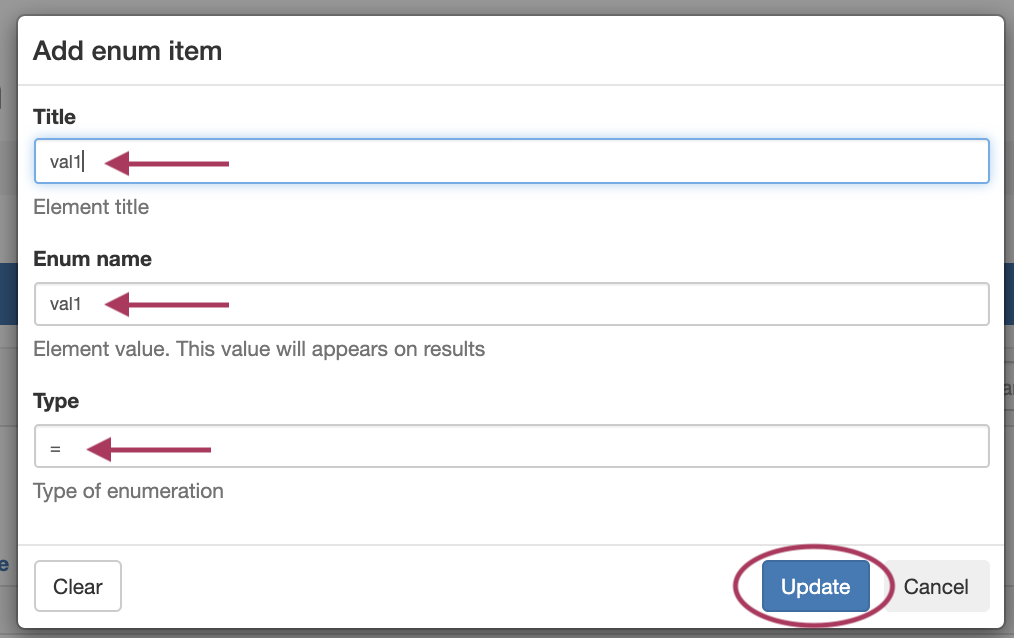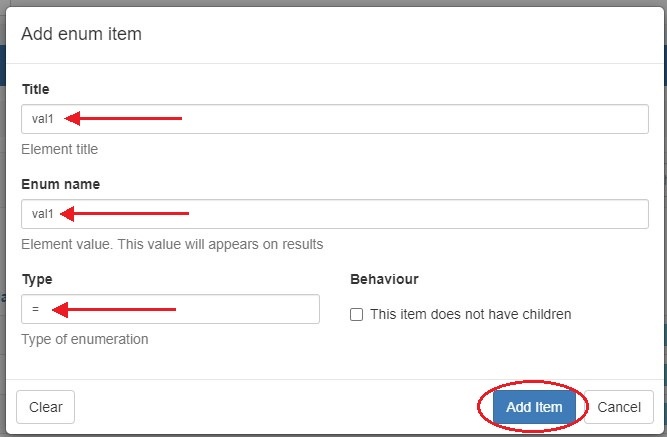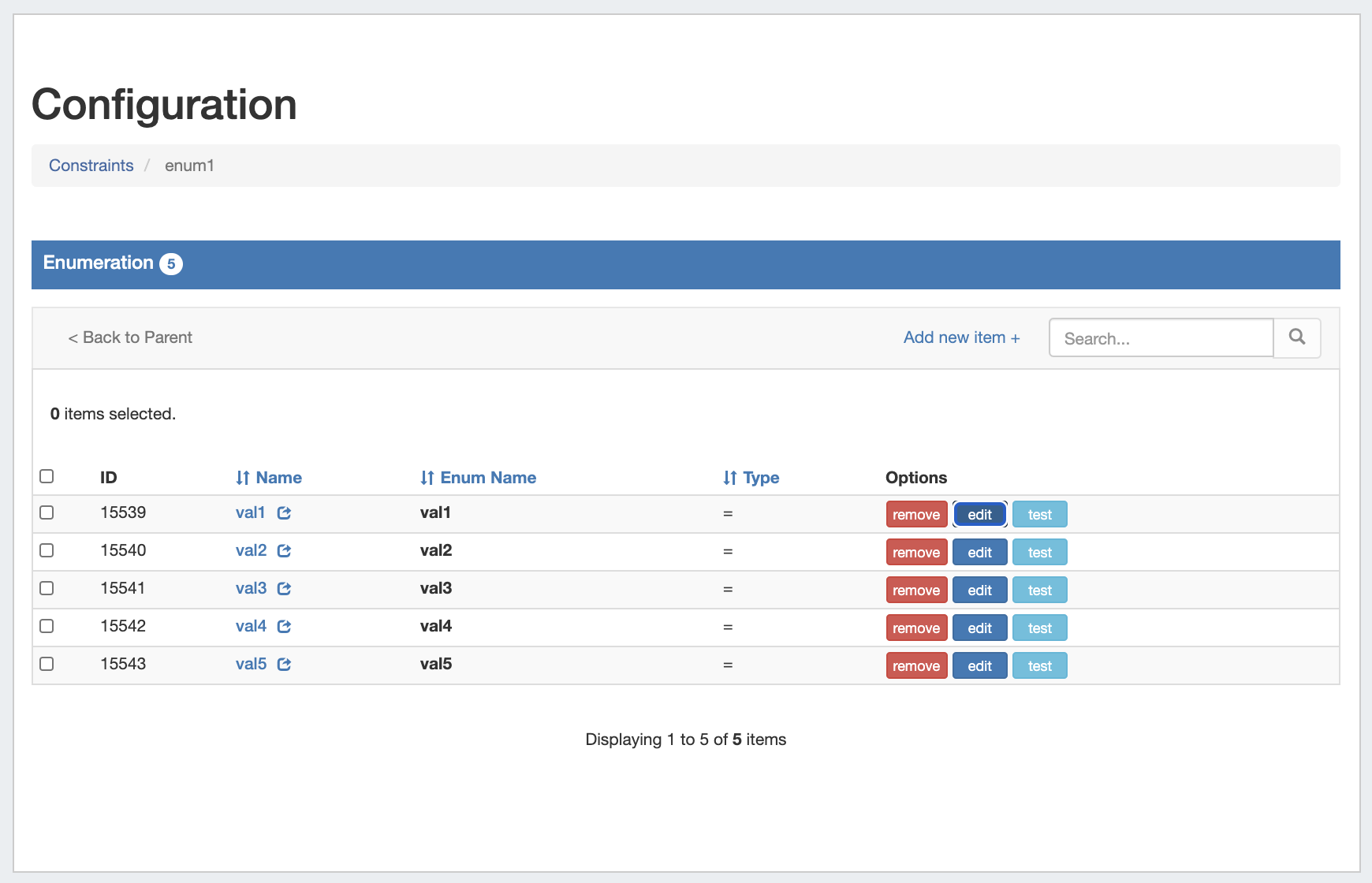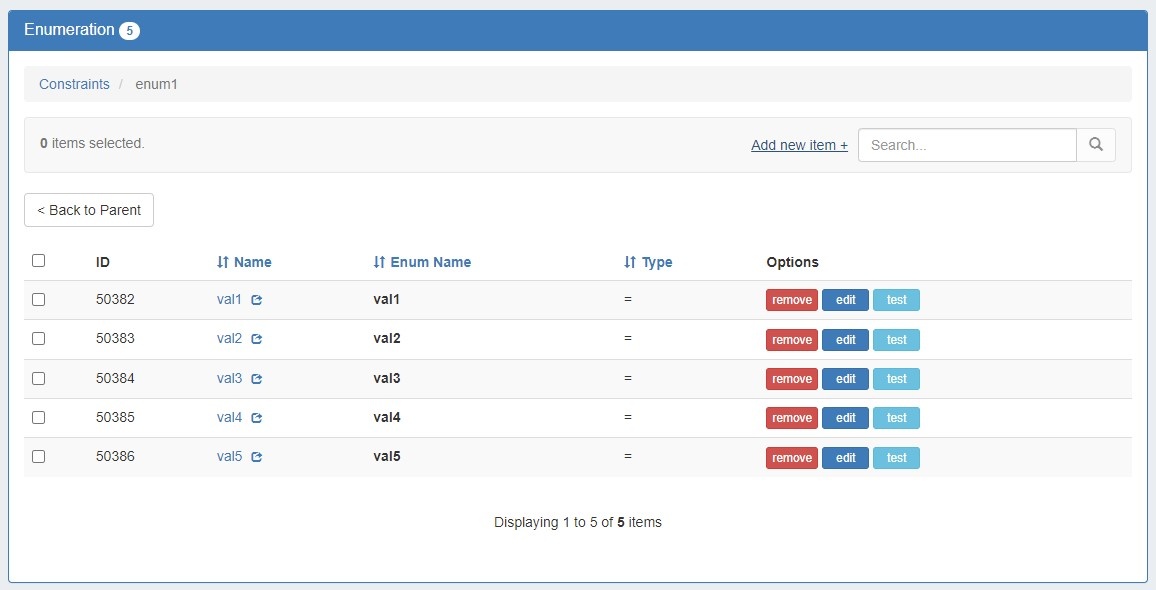...
| HTML |
|---|
<div id="google_translate_element"></div>
<script type="text/javascript">
function googleTranslateElementInit() {
new google.translate.TranslateElement({pageLanguage: 'en'}, 'google_translate_element');
}
</script>
<script type="text/javascript" src="//translate.google.com/translate_a/element.js?cb=googleTranslateElementInit"></script> |
Constraints
The Constraints system allows Admin users to configure custom field validation and limitations into IPAM fields. Many constraint types are available, such as mathematical comparison operators, length, enumeration, pre-set lists, RegEx, IPv4/IPv6, Phone, email, hostname, FQDN, Mac Address, and URL.
...
To add a new Constraint, click "Add Constraint" at the top right of the page.
In the "Add Constraint" screen, select (at mimimumminimum, depending on the selected constraint type):
...
If desired, you may enter a custom error message, customize the UI binding (although it it automatically filled in if you select a standard IPAM Attribute), or add an event hook setting.
When done, click "Add Constraint" to save.
...
To test a Constraint, click "Test".
The test constraint form will appear - enter a test value, and you can check whether the constraint returns an appropriate invalid or valid response:
...
To edit a Constraint, click "Edit". The constraint details will open, matching the "Add Constraint" form.
Adjust values or settings as desired, and then click "Update Constraint".
...
To delete a Constraint, click "Delete".
A Confirmation box will appear - confirm whether to delete the constraint, or click "Close" to exit without deletion.
You may also select more than one constraint to delete.
To do so, select the checkboxes for the desired constraints, then under the "Actions" menu at the top of the list, select "Delete All".
Working with Constraints in IPAM Manage
...
From the Constraints "Configuration" page, click "Add Constraint".
Select "Enumeration" for the constraint type, and enter a name, attribute binding, and select the Control type - here, we will be using a dropdown control.
...
All other fields are optional, and may be skipped if desired.
When done, Click "Update Add Constraint". You will see the new constraint added to the Constraints List.
...
Constraints that have parent/child relations show as a blue link in the constraint list. Click on the constraint name to open the parent constraint to view or add child settings.
Add Child Items
...
| Info |
|---|
For Parent/Child constraint types such as "All of" and "One of", you only need to enter the attribute binding and control type for the parent constraint, and do not need to enter these settings for the child items. |
Add a new child enum item by entering a title, name/value, and the type. Typically, the type will be "=", for "equals this value".
When done, click "UpdateAdd Item", and repeat for any additional values that you wish to make available in your enumeration dropdown.
Here, we have added additional enum items to cover "val1" through "val 5".
From here, navigate back up to the parent constraint list that displays "enum1", and click "Test" (test will not work on individual child constraint items)
A display dropdown box will appear, click inside of it to confirm your child items show as selectable options.
...
